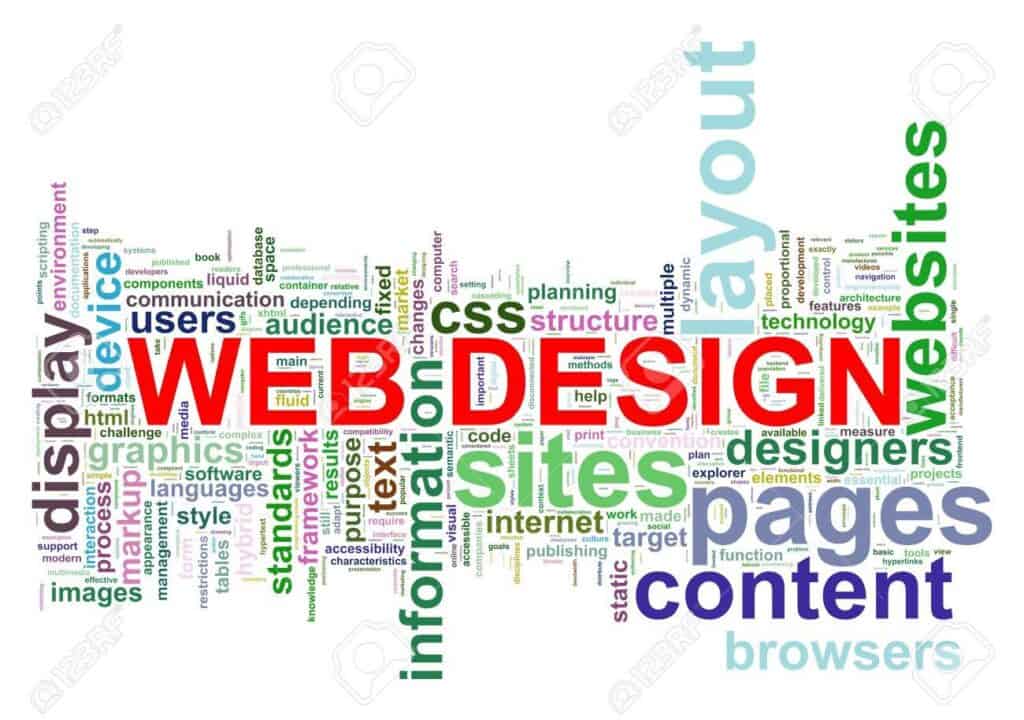
Artificial Intelligence is no longer a buzzword—it’s a practical engine driving real ROI in modern marketing departments. Whether you're at a startup or a Fortune 500 company, AI tools are reshaping how brands analyze data, create content, and connect with customers.
Here's a deeper look at how AI is being used today, with specific tools and examples.
Tool Examples:
Use Case: Sephora uses predictive analytics to analyze customer data and recommend products based on previous purchases and preferences. With Salesforce Einstein, they tailor email content and timing for each user, increasing open and conversion rates. They are moving onto augmented reality and other such AI tools. Read more about Sephora's initiatives here: https://www.retaildive.com/ex/mobilecommercedaily/sephora-leverages-facebook-messenger-and-ai-to-help-consumers-navigate-ecommerce
Tool Examples:
Use Case: Starbucks’ mobile app uses AI to personalize offers based on purchase history and location. Through machine learning, each user receives unique promotions that align with their habits, increasing customer loyalty and repeat purchases. Read on for details here https://aiexpert.network/case-study-starbucks-revolutionizes-the-coffee-experience-with-ai/
Tool Examples:
Use Case:eCommerce brands like Brooklinen use Jasper to write product descriptions and promotional emails. This cuts writing time in half while maintaining brand voice across channels.
Tool Examples:

Potential Use Case : A fashion retailer could use Google Performance Max to automate bidding and creative optimization across Search, YouTube, and Display.
AI tools do come with a set of challenges. While AI enhances efficiency, marketers must stay mindful of:
A lot of marketers today are AI-augmented. They use tools to automate the tedious, personalize the experience, and make smarter, faster decisions. AI doesn't remove the need for creativity—it amplifies it.
Want more tool reviews, case studies, and AI marketing hacks? Subscribe to our monthly insights. Tell us if you would like us to write about a specific topic.
Author: Shubhra Bhargava, Chief Design Officer
Shubhra is the head of design for Excal Design. and VP - Design and Marketing for ExcalTech. She is a branded-environments specialist with experience in design, CMS, User Interface, general management, brand and retail identities.
Some of the brands she has worked with in leadership positions include: Future Group, Levi Strauss, United Colors of Benetton and Reliance Retail.